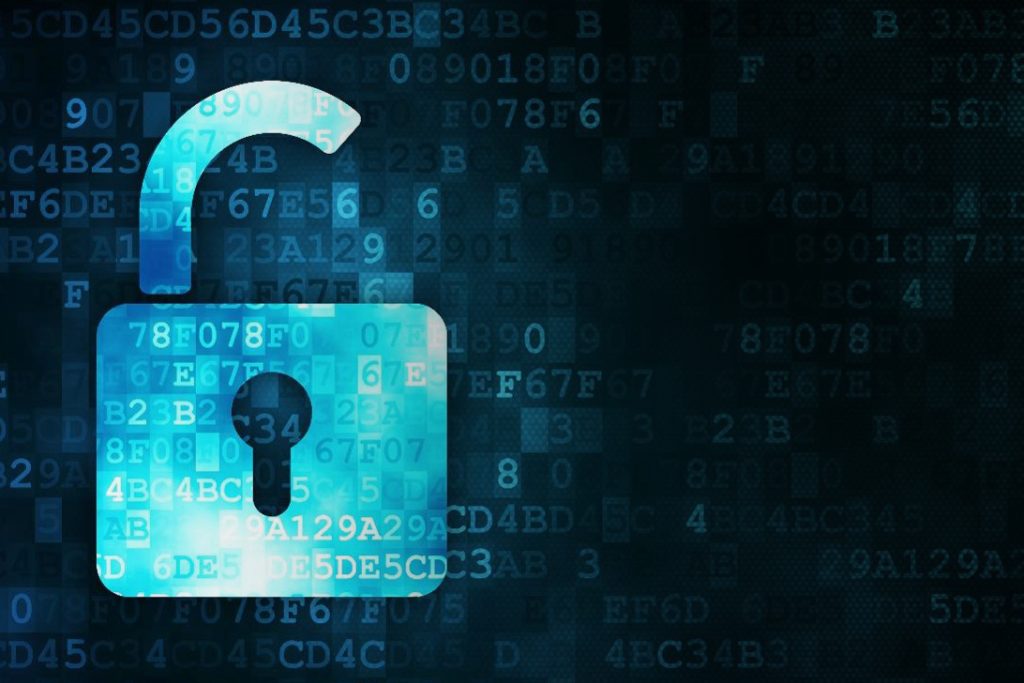
In an era where digital connectivity permeates every aspect of our lives, the maritime industry finds itself at the forefront of a new frontier: cybersecurity. As vessels become increasingly reliant on interconnected systems and digital technologies, they also become vulnerable targets for cyber threats. From piracy to data breaches, the maritime industry faces a myriad of cybersecurity challenges that demand attention and proactive measures to mitigate risks.
Understanding Cyber Threats in the Maritime Sector
The maritime sector is no stranger to threats, both on the high seas and in the digital realm. Cyber threats targeting maritime operations encompass a wide range of malicious activities, including:
1. Phishing Attacks: Cybercriminals often employ phishing emails disguised as legitimate communications to trick maritime personnel into divulging sensitive information or installing malware.
2. Ransomware: Ransomware attacks can cripple vessel operations by encrypting critical systems and data, demanding ransom payments for decryption keys.
3. Malware: Malicious software such as viruses, worms, and trojans can infiltrate vessel systems, compromising data integrity and system functionality.
4. Social Engineering: Cyber attackers may exploit human vulnerabilities through social engineering tactics to gain unauthorized access to sensitive information or systems.
5. Supply Chain Attacks: Cybercriminals may target third-party vendors and suppliers in the maritime supply chain to infiltrate vessel networks and systems.
The Importance of Cybersecurity in the Maritime Sector
As maritime operations become increasingly digitized and interconnected, the importance of cybersecurity in safeguarding vessel operations, crew safety, and sensitive data cannot be overstated. Cybersecurity measures are essential for:
1. Protecting Critical Systems: Cybersecurity measures help safeguard critical vessel systems, including navigation, propulsion, and communication systems, from cyber threats that could disrupt operations or compromise safety.
2. Securing Sensitive Data: The maritime industry handles vast amounts of sensitive data, including vessel manifests, cargo information, and crew details. Cybersecurity measures help secure this data from unauthorized access, theft, or manipulation.
3. Ensuring Regulatory Compliance: Regulatory bodies such as the International Maritime Organization (IMO) and the Maritime Cyber Security Center of Excellence (MCCoE) have established guidelines and regulations to address cybersecurity in the maritime sector. Compliance with these regulations is essential to avoid penalties and maintain industry standards.
4. Mitigating Operational Risks: Cybersecurity measures help mitigate operational risks associated with cyber threats, including financial losses, reputational damage, and operational disruptions.
Cybersecurity Best Practices for the Maritime Industry
To mitigate the risks posed by cyber threats, maritime organizations can implement a range of cybersecurity best practices, including:
1. Risk Assessment and Vulnerability Management: Conducting regular risk assessments to identify potential vulnerabilities and threats within vessel systems and networks.
2. Access Control and Authentication: Implementing robust access control mechanisms and authentication measures to prevent unauthorized access to critical systems and data.
3. Firewalls and Intrusion Detection Systems (IDS): Deploying firewalls and intrusion detection systems to monitor and filter network traffic for signs of malicious activity.
4. Encryption: Encrypting sensitive data both in transit and at rest to prevent unauthorized access or interception.
5. Employee Training and Awareness: Providing cybersecurity training and awareness programs to educate maritime personnel about the risks of cyber threats and how to recognize and respond to them.
6. Cyber Incident Response and Recovery Planning: Developing comprehensive incident response and recovery plans to minimize the impact of cyber incidents and restore normal operations swiftly.
7. Patching: Regularly apply software patches and updates to address known vulnerabilities and enhance system security.
8. Endpoint Security: Implement robust security measures on endpoints (devices) such as computers and mobile devices to prevent unauthorized access and protect against malware.
Conclusion
As the maritime industry continues to embrace digital transformation, cybersecurity remains a paramount concern. By understanding the nature of cyber threats and implementing robust cybersecurity measures, maritime organizations can safeguard vessel operations, protect sensitive data, and mitigate the risks posed by cyber attacks.
At GTMariitme, we’re committed to helping maritime organizations navigate the waters of cybersecurity with solutions and expert guidance. Contact us today to learn more about how we can help enhance your cybersecurity and protect your vessels against cyber threats.
To discuss your vessel’s Cyber Security requirements, you can contact our sales team here.
